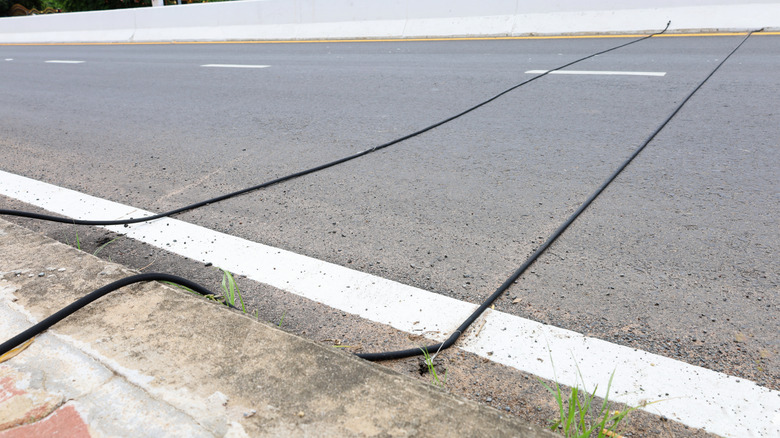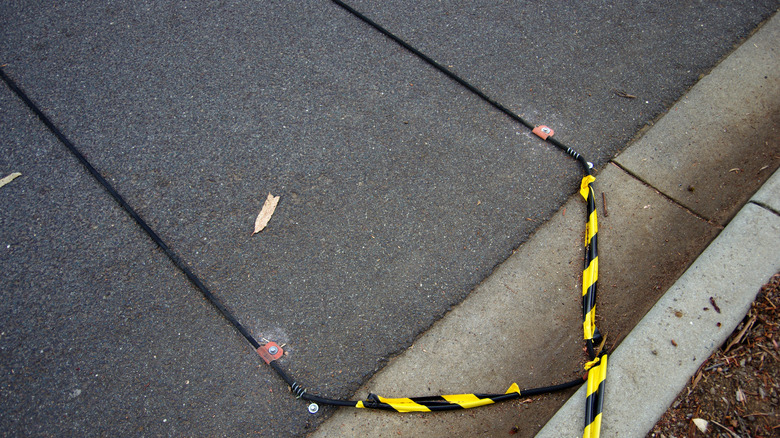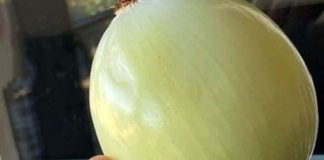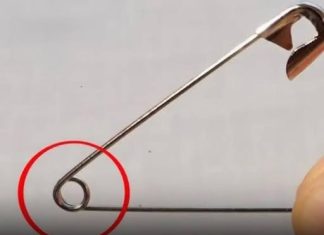Have you ever noticed thin black tubes or cables stretched across a roadway, often at a slight incline or laid flat over the pavement? Many drivers glance at them and move on, assuming they’re either part of some construction or perhaps a temporary hazard. In truth, these tubes serve a purposeful role in how roads are monitored and managed. Understanding what they do and what you shouldn’t do when you spot them helps shed light on a small detail of traffic engineering you might not have noticed before.
What Are They For?
The black cables you’re seeing are generally temporary sensor tubes used by transportation agencies to collect traffic data. When a vehicle drives over the tube, it creates a small pressure or vibration signal that gets recorded. By measuring how many vehicles pass over the tube (and sometimes how fast and which direction they travel), officials gain useful information about traffic volumes and patterns. When two tubes are laid parallel a short distance apart, the system can estimate speed by calculating how long it takes for the vehicle to pass from the first tube to the second. Knowing that time and the distance between tubes gives a speed reading. Some systems can even deduce vehicle class (car, van, truck) based on how the pulses behave.
These data help cities decide where to install new turn lanes, adjust signal timing, or identify roads that may need redesigning due to heavy use.

Why They Are Temporary
Unlike permanent infrastructure such as embedded induction loops or radar speed detection, these rubber tubes are quick to deploy and remove. Because traffic patterns can change with new developments or during seasonal events, agencies may lay them out for just a few days or weeks to gather a “snapshot” of usage.
This flexibility makes them cost-efficient and offers insights without major construction.
What You Should Not Do
While those tubes might look like innocuous bits of road equipment, there are a few things you should avoid doing when you encounter them:
- Don’t tamper with or damage the tubes. They are part of official data-collection efforts; interfering with them may constitute damaging public infrastructure.
- Don’t assume they’re speed traps. While they can measure speed, they are more commonly used for counting vehicles and gathering general traffic flow information. Using them as the sole reason to suddenly brake or change course can be unsafe.
- Don’t ignore them if they seem loose or raised. Although rare, a poorly secured tube might shift under heavy traffic and pose a hazard. If it appears to be sticking up, use caution and consider reporting it to the local road authority.
Why It Matters to You
You might ask: “Why does this technical detail matter to a regular driver?” It matters because the data these tubes capture influence how our roads are planned and operated. For example:
- They help determine whether a busy street needs an extra lane or different signal timing.
- They inform risk-mitigation — if a particular route sees a spike in traffic, planners can respond accordingly.
- They enable more efficient budgeting for road maintenance or winter services by identifying usage levels.
- By understanding that those black tubes are quietly doing their work beneath every set of tires, you gain insight into how “invisible” infrastructure supports daily traffic flow.

Final Thoughts
So, next time you spot those black tubes across the road, remember: they’re not random. They’re tools used by transportation engineers to measure traffic, plan changes, and monitor how roads are used. They’re harmless to drive over, but worth respecting — don’t tamper with them, don’t treat them like a trap, and drive with awareness. The next time you feel that tiny “thunk-thunk” as your tires pass over the tube, you can think of it as part of the hidden machinery of our road networks.

















